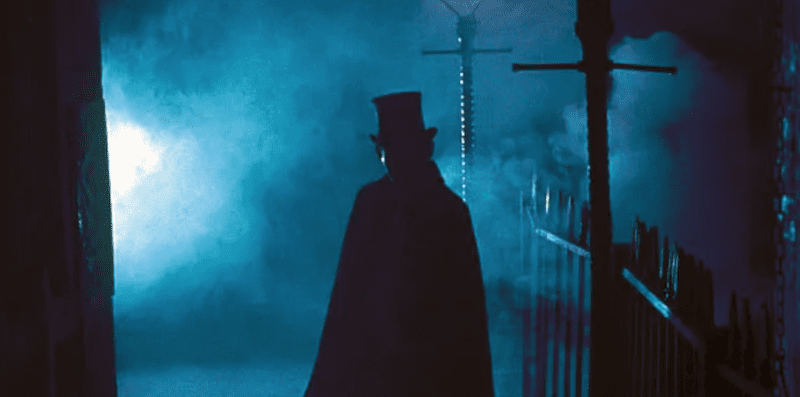History is full of mysteries, especially when it comes to crime. Some wrongdoers are never brought to justice, and their stories remain chillingly unsolved. From bizarre figures to unexplained events, the past is rife with attackers who terrorized societies and defied easy explanation. Let’s delve into the stories of 10 mysterious attackers from history.
10 The Garroters
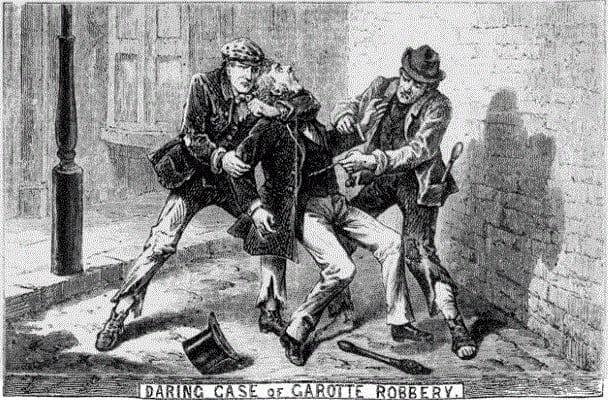
In 19th-century London, fashion took a strange turn as gentlemen began wearing heavy, studded leather collars or cravats with razor blades sewn in. This wasn’t a new fashion trend but a defense against the garrote gangs that were terrorizing the city.
The garroters would sneak up on their victims, using fabric or rope to strangle them from behind while stealing their valuables. Some garroters simply used their arms to throttle their targets, often punching them in the forehead to expose the throat. This method was considered less refined than that of the highway robber on horseback.
The anti-garrote collar became a subject of mockery in the press. Interestingly, the earliest London police officers wore similar 10-centimeter-high (4 in) leather collars to protect themselves from strangulation.
While some doubted the existence of these garrote gangs, periodic panics occurred whenever Londoners felt a shiver on their necks, exemplifying the fear that gripped the city.
9 Spring-Heeled Jack
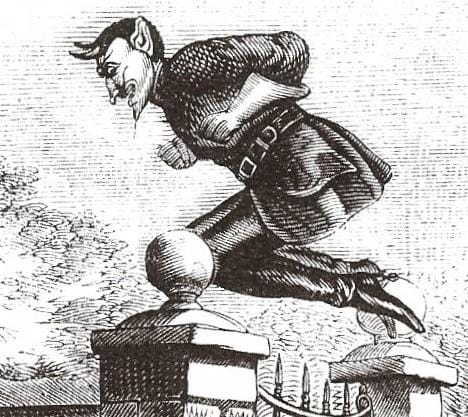
Before streetlights illuminated cities, nighttime was a dangerous time. Imagine walking home alone and a figure leaps out of the darkness, bounding from rooftop to rooftop with inhuman jumps.
In 1837, Mary Stevens was attacked by such a monster, who ripped at her clothes with hands “cold and clammy as those of a corpse.” This was Spring-Heeled Jack.
Jane Alsop described being assaulted by a diabolical figure in a helmet and a tight-fitting white costume who “vomited blue and white flames!” After attempting to strangle her, Spring-Heeled Jack escaped into the night.
Initially, many doubted his existence, but some saw him as a serious threat. The Duke of Wellington armed himself and patrolled the streets to hunt Spring-Heeled Jack. Despite being shot at by an angry crowd, he escaped unharmed and was never caught.
8 Perak, Spring Man Of Prague
During World War II in Prague, a brave Czech resistance fighter was about to be arrested by the Gestapo when a man appeared, leaping across building roofs to fight the Nazis and free the innocent.
Dressed in black with superhuman jumping abilities, this was Perak, the Spring Man of Prague. He was seen as a symbol of hope and resistance against the Nazi occupation.
Although Perak was a heroic figure, he also attacked Czech citizens who collaborated with the Nazis as a warning. Earlier in the war, tales circulated of a high-jumping person who would rob, murder, or rape anyone out alone at night, deterring people from working late shifts and hampering Nazi production.
7 Mad Gasser Of Mattoon

Wartime fears amplified paranoia. In 1944, residents of Mattoon, Illinois, reported being targeted in their homes, causing widespread panic.
The incidents began when a man woke up to a strange smell and found his wife paralyzed. Others reported similar episodes, with the smell often coming from an open window. A husband returning home saw a strange man lurking outside, leading to fears of a gas attack.
The perpetrator became known as the “Mad Gasser of Mattoon” or the “Anesthetic Prowler.” Victims described the attacker as either a man or a woman dressed as a man. Ultimately, 33 people claimed to have smelled the gas, but the existence of such a villain remains uncertain.
Some believed the victims were experiencing gas leaks from a factory, while others suspected mass hysteria. Regardless, the incidents led to heightened anxiety and closed windows for a time.
6 The Axeman Of New Orleans
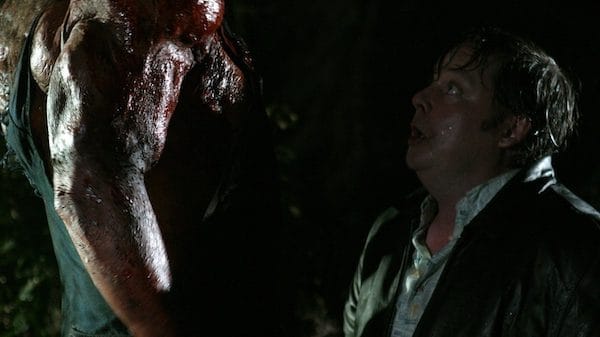
In 1919 New Orleans, a letter supposedly from “the Axeman” was published in the papers. The Axeman had attacked several families, leaving a trail of bodies. The letter stated:
At 12:15 (earthly time) on next Tuesday night, I am going to pass over New Orleans. In my infinite mercy, I am going to make a little proposition to you people. Here it is: I am very fond of jazz music, and I swear by all the devils in the nether regions that every person shall be spared in whose home a jazz band is in full swing at the time I have just mentioned.
The letter warned that anyone not playing jazz on that specific Tuesday night would “get the axe.”
The Axeman typically broke into homes with a chisel, then used the homeowner’s axe to attack the residents. Most victims were Italian grocers, suggesting the attacks were motivated by prejudice against successful immigrants. The Axeman was never caught, leaving a legacy of fear and speculation.
5 Jack The Ripper
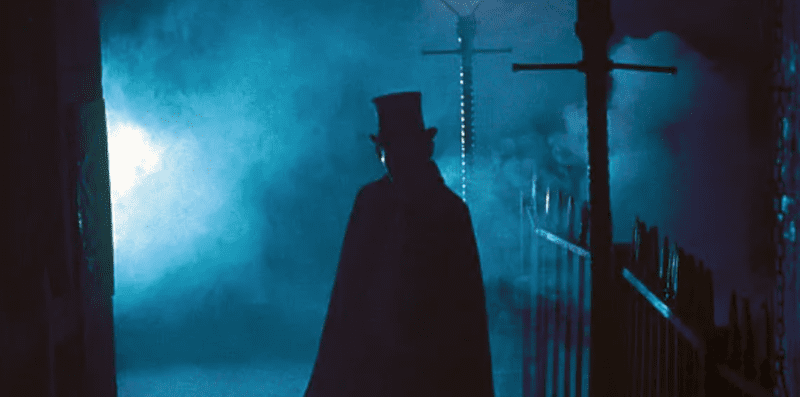
In 1888, London, the heart of the British Empire, was shadowed by poverty and crime. In the city’s dark corners, Jack the Ripper, one of Britain’s most infamous murderers, operated during an “Autumn of Terror.”
The deaths of Mary Ann “Polly” Nichols, Annie Chapman, Elizabeth Stride, Catherine Eddowes, and Mary Jane Kelly were sensationalized by the press. The killer’s brutal methods sparked intense speculation and numerous theories about his identity.
In the 130 years since, countless books have been published and numerous suspects named, but none have been conclusively identified. Recent research focuses on the victims, challenging the long-held belief that they were all prostitutes and highlighting their vulnerability as women in dire circumstances.
4 The Mohock Club
Throughout history, certain upper-class British males have been drawn to violence. In the early 18th century, the Mohocks, a gang of wealthy men, terrorized London with acts of violence and vandalism.
One account describes their actions: “They put an old woman into a hogshead and rolled her down a hill; they cut off some noses, others’ hands, and several barbarous tricks, without any provocation. They are said to be young gentlemen; they never take any money from any.”
Some of their pranks, like smashing windows with coins, were relatively harmless. Others, like “tipping the lion” (squeezing the nose flat and poking out the victim’s eyes), were brutal.
Despite a £100 bounty, no one ever caught the Mohocks, who disappeared back into the ranks of the upper classes, their identities remaining a mystery.
3 Whipping Tom
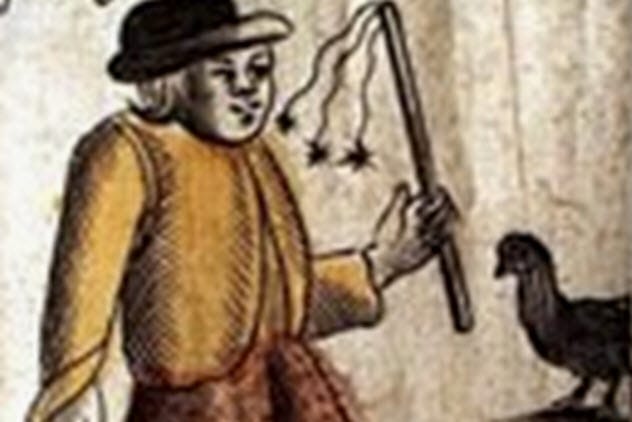
In 1681, a series of attacks terrified women in London and across England. A man would approach a lone woman in a dark alley, lift her dress, and slap her behind, exclaiming “Spanko.”
Reports suggested similar incidents had occurred previously. The press dubbed the perpetrator “Whipping Tom.” The attacks were often dismissed, reflecting societal prejudices against women out alone at night.
Some reports even labeled the victims as prostitutes, regardless of their actual profession. The Whipping Tom of 1681 was never caught. However, when a new Whipping Tom appeared in 1712, he managed to assault 70 women before Thomas Wallis was arrested and confessed.
2 Halifax Slasher
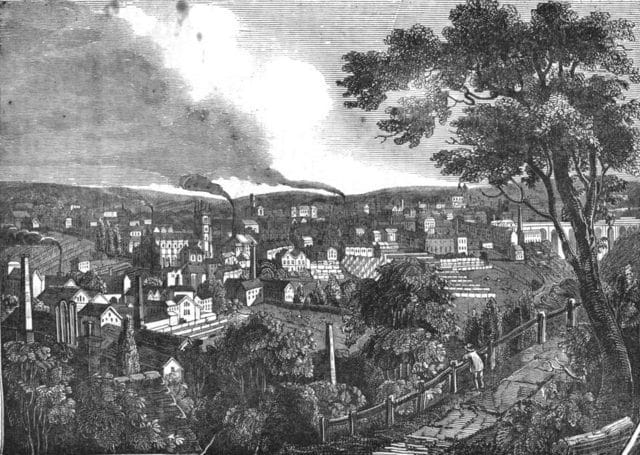
In 1938, Halifax, England, was gripped by fear as a man known as the “Halifax Slasher” attacked women with knives, razors, and hammers. He was distinguished by his shiny buckled shoes.
Over two weeks, around nine people were attacked. Public fear surged, causing shops to close and vigilante groups to form. When one man was misidentified as the Slasher, a mob demanded his death, only prevented by police intervention.
After Scotland Yard began investigating, several victims confessed to self-inflicted wounds and false statements and were imprisoned for creating public mischief. The panic may have been influenced by earlier attacks in 1927 when James Leonard was convicted of assaulting women and slashing their clothing.
1 The London Buttocks Stabber
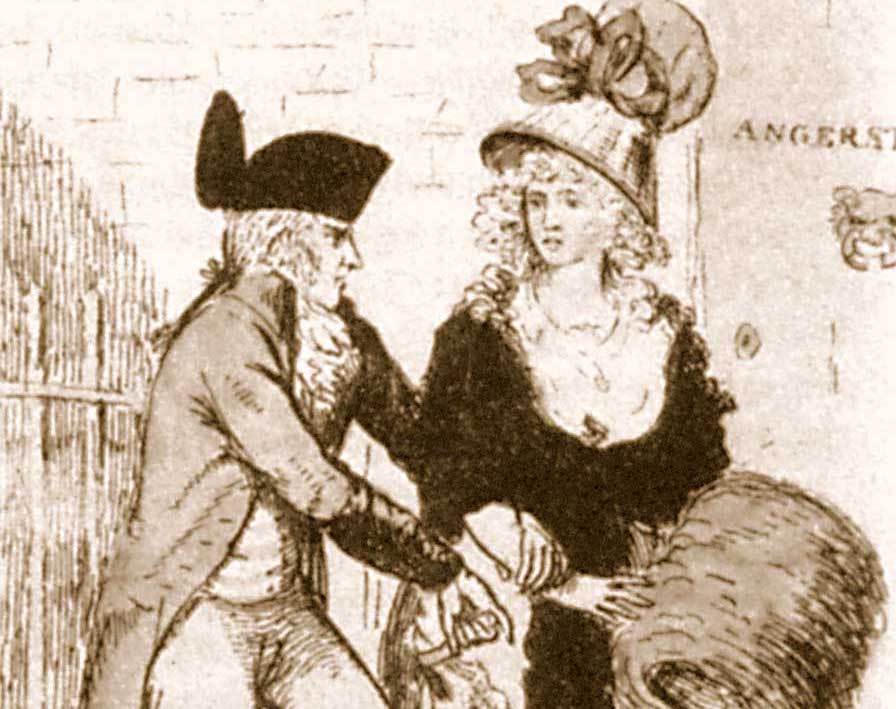
In 1788, London faced a new menace known as the “London Monster,” who verbally abused women before stabbing them in the backside. The Monster appeared to have piquerism, a sexual desire to pierce skin. He employed various methods to achieve his goal.
He stabbed some victims with a knife. Others were attacked with blades attached to his knees, allowing him to keep his hands free. One particularly devious method involved inviting a woman to smell a flower in his lapel, then stabbing her with a hidden spike.
The media sensationalized the attacks, and armed groups patrolled the streets to catch the Monster. Women sought protection by hiding copper pans under their skirts. Although a man was tried for the crimes, some doubt the Monster ever existed. Regardless, copper kitchenware became a fashionable form of self-defense.
These mysterious attackers from history reveal the darker side of human nature and the enduring fascination with unsolved crimes. Their stories continue to intrigue and remind us of the fears that have haunted societies throughout time.
Which of these mysterious attackers do you find the most intriguing? Leave your comment below!


